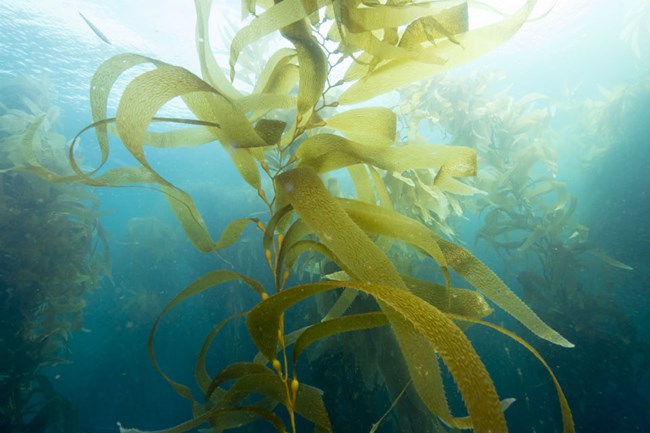
NPS Photo
Despite the diverse array of aquatic habitats found in our coastal and Great Lake national parks, these special environments all rely on marine plants and algae. The carbohydrates these organisms produce fuel the entire marine food web, from the tiniest zooplankton to the largest whale.
Aquatic plants are sensitive to changes in water chemistry or temperature, so effects from pollution, ocean acidification, and climate change can wreak havoc throughout the ecosystem. Research and monitoring efforts help us better understand and protect these marine environments. From sea grass beds at Biscayne National Park to kelp forests at Glacier Bay National Park & Preserve, our coastal and Great Lake national parks are great places to explore and learn about the plant life that makes up such a critical part, not just of the marine world, but of our entire planet.
Last updated: May 25, 2017
